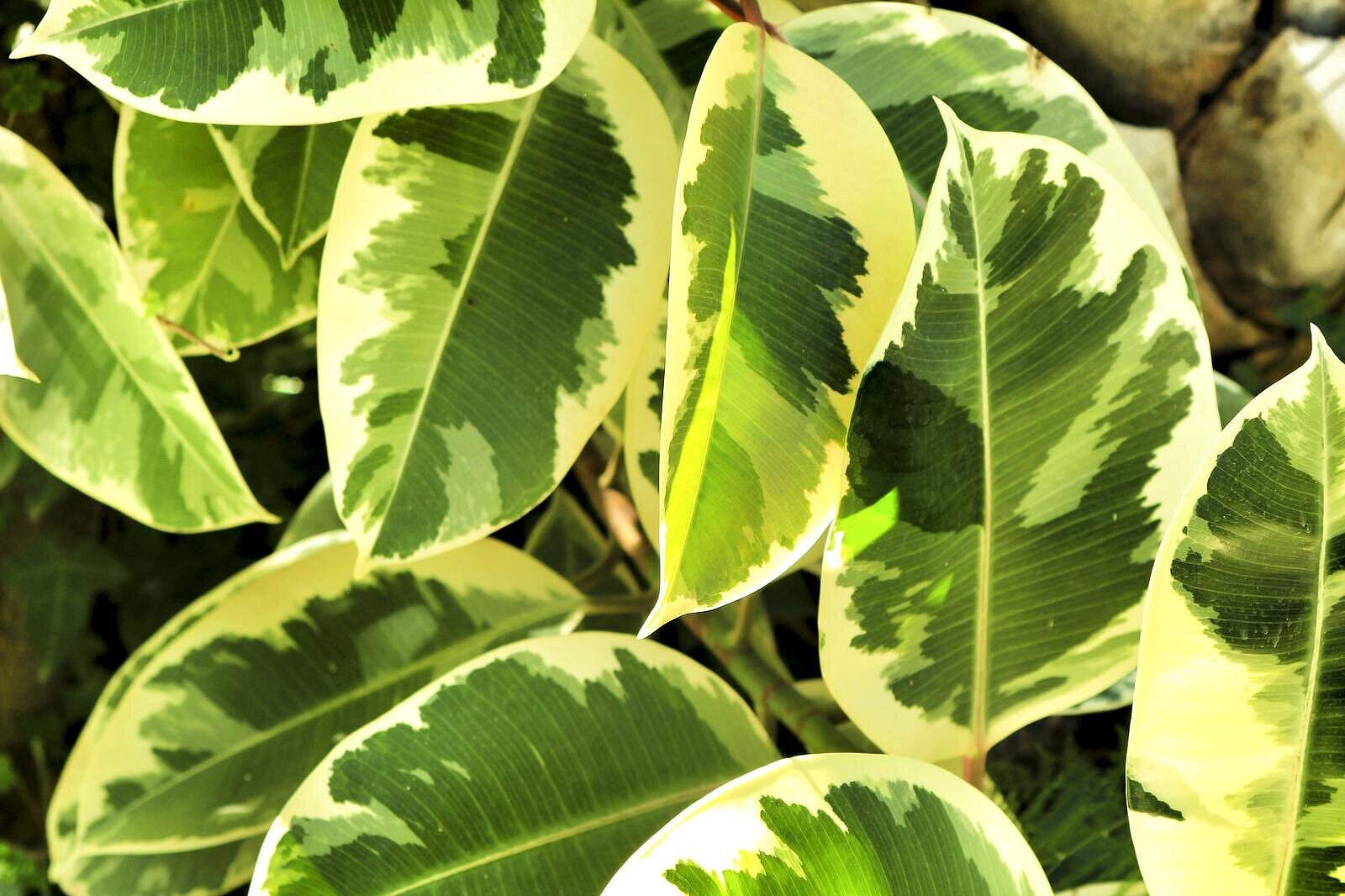Violin fig

What is the violin fig?
The violin fig (Ficus lyrata) belongs to the mulberry family (Moraceae) and is a plant native to the tropical rainforests of West Africa. It is characterized by large, leathery leaves that resemble the shape of a violin, which gives it its name. In the natural environment, the violin fig can grow into a large tree, but as a houseplant it is usually kept at a manageable size. It is popular for its hardy nature and its ability to liven up the home and improve air quality.
Risks of the violin fig for dogs
Toxicity
All parts of the violin fig contain a milky liquid known as latex, which is toxic to dogs (and cats too). Eating parts of the plant can lead to a number of health problems.
Symptoms of poisoning
Symptoms of fiddle leaf fig poisoning in dogs can include
- Irritation of the mouth and gastrointestinal tract
- Excessive salivation
- Vomiting and diarrhea
- Loss of appetite
- In severe cases, breathing difficulties and skin irritation
Long-term effects
While most dogs that consume a small amount of the plant will only show mild symptoms, more severe poisoning can lead to ongoing health problems without timely treatment.
Are there any benefits?
The direct benefits of violin fig for dogs are virtually non-existent. The plant is strictly for ornamental purposes and offers no nutritional or health benefits for pets. The only indirect benefit could be an improvement in the air quality in the living space, but this affects all occupants of the house and does not specifically benefit dogs.
Preventive measures
To minimize the risk of poisoning, dog owners should:
- Place the plant out of reach of dogs.
- Supervise dogs when plants are within their reach.
- Alternatively, choose non-toxic plants as pet-friendly options.
Although the violin fig can be an attractive addition to the home, it is not recommended for households with dogs. The potential toxicity and associated risk of poisoning far outweigh the aesthetic benefits of this plant. Dog owners should carefully consider the plant choices in their home to ensure the safety and well-being of their furry family members. There are many pet-friendly plant alternatives that can help beautify the living space without risk.
If you notice any signs of hypersensitivity or poisoning in your dog, you should see your vet immediately. We are not a substitute for a vet, but we try to be as accurate as possible. Every dog reacts differently and we recommend you get a second opinion or consult your vet if in doubt.
Stay healthy and take good care of your four-legged friend!😊
Similar to Violin fig
Rubber tree is the colloquial name for a group of plants from the spurge family. The best-known representative is Ficus elastica, which originates from Southeast Asia and can grow up to 30 meters...
The birch fig, or Ficus benjamina, is a plant from the Moraceae family, originally from Asia and Australia. It is characterized by its glossy, green leaves and ability to thrive indoors. Due to its...
The Chinese fig, also known as Ficus carica, is one of the oldest cultivated plants in the world. Originally from the Middle East and Western Asia, it has found its way to warm, temperate regions...
The common fig (Ficus carica) is a fruit that grows on the tree of the same name, which belongs to the mulberry family (Moraceae). Originally from the Middle East, the fig has spread around the...



